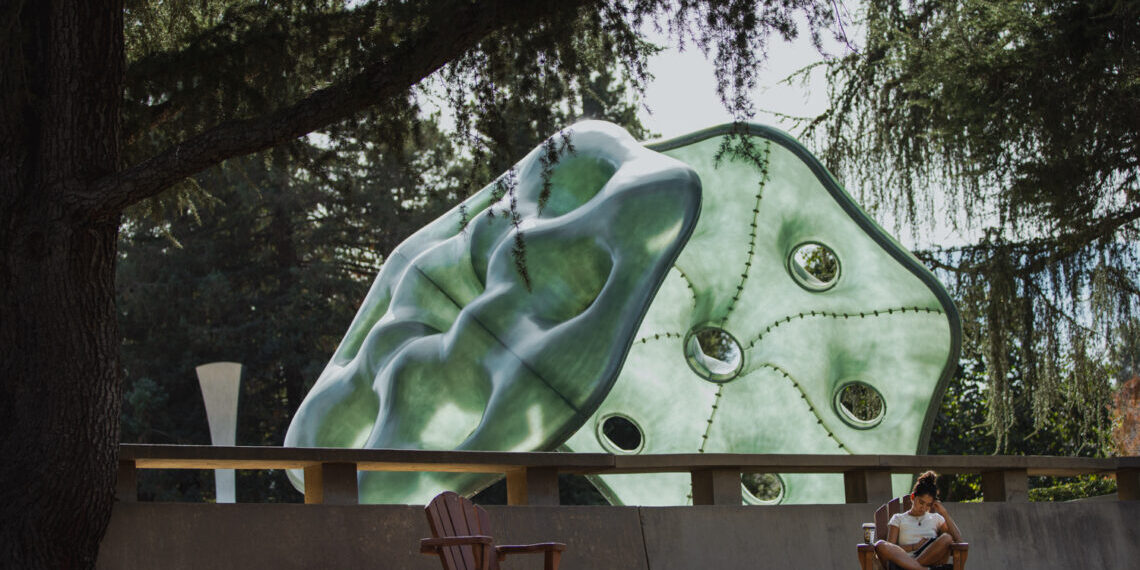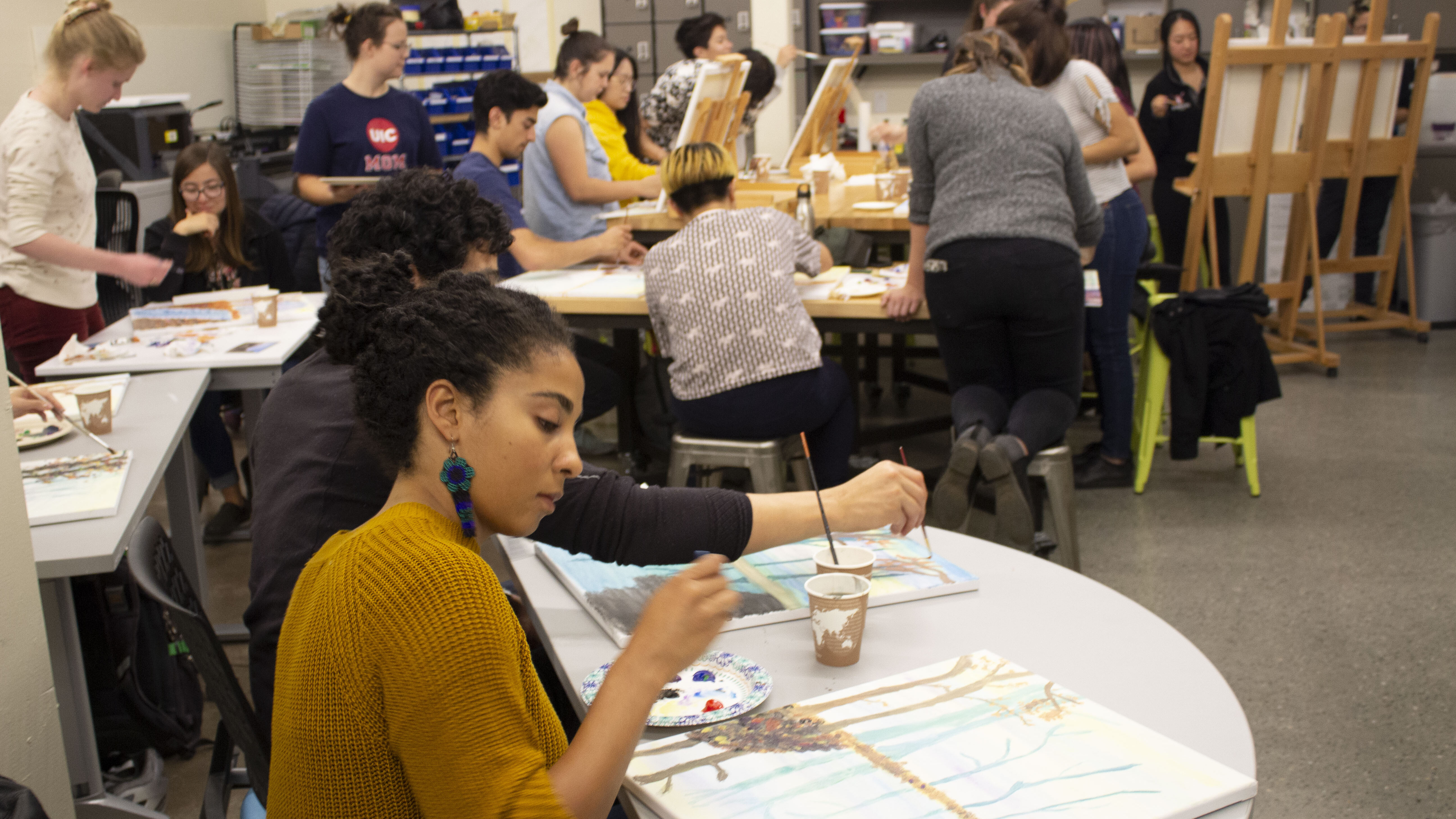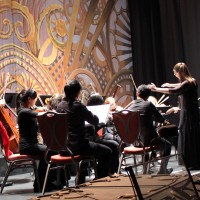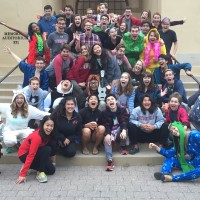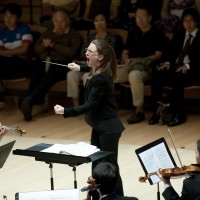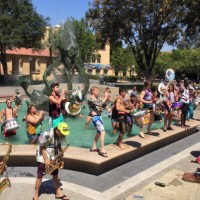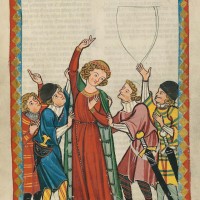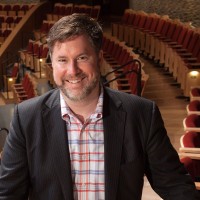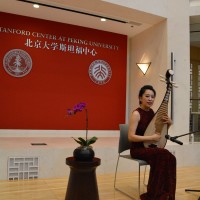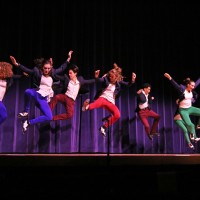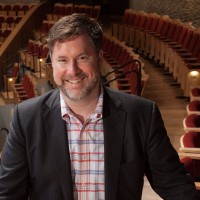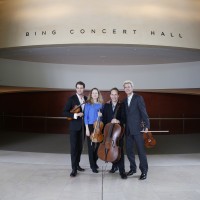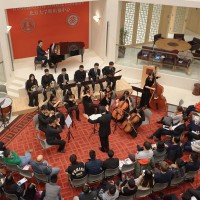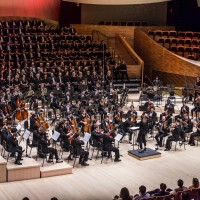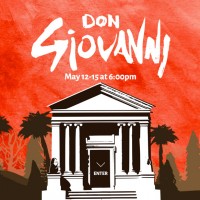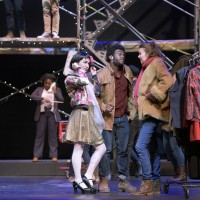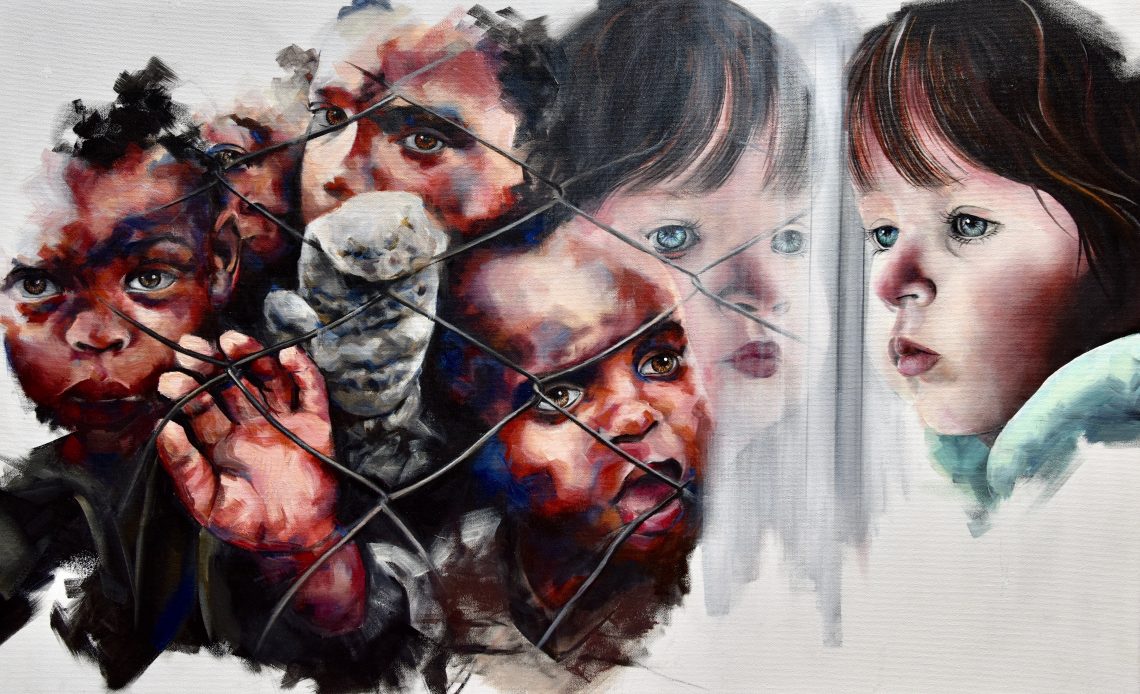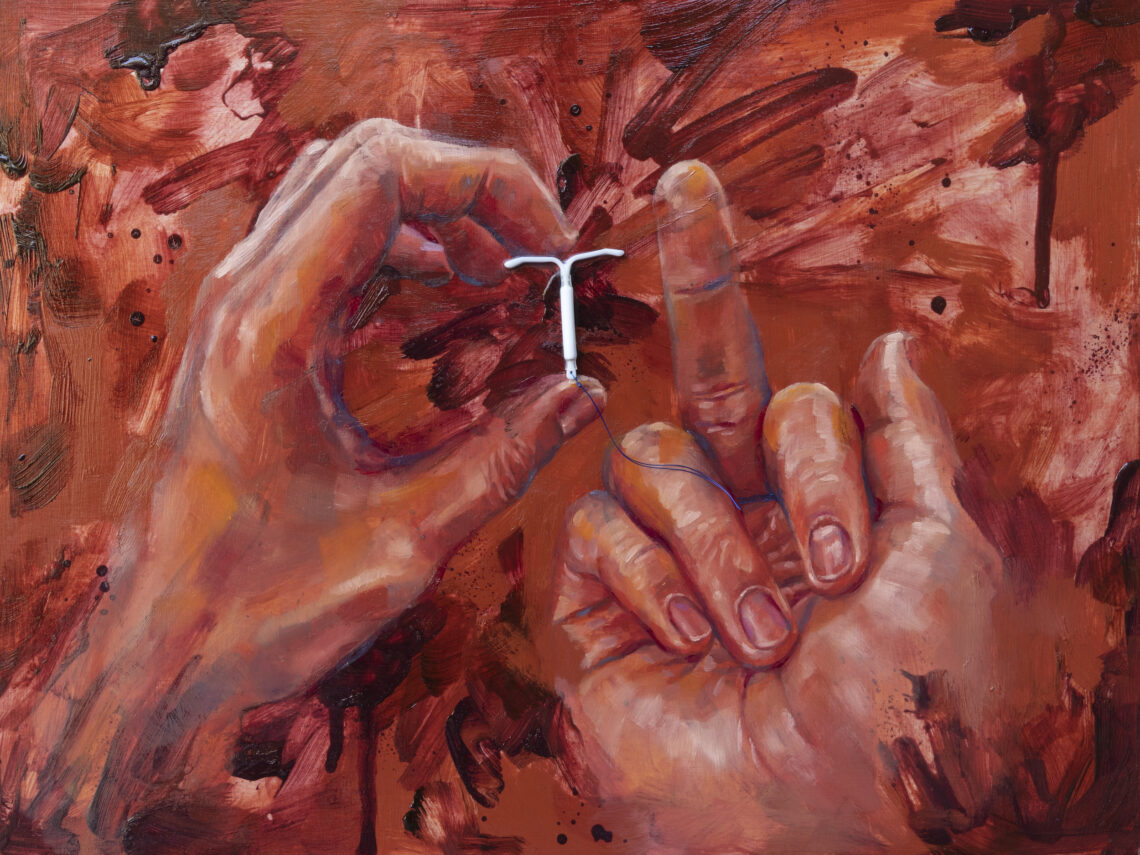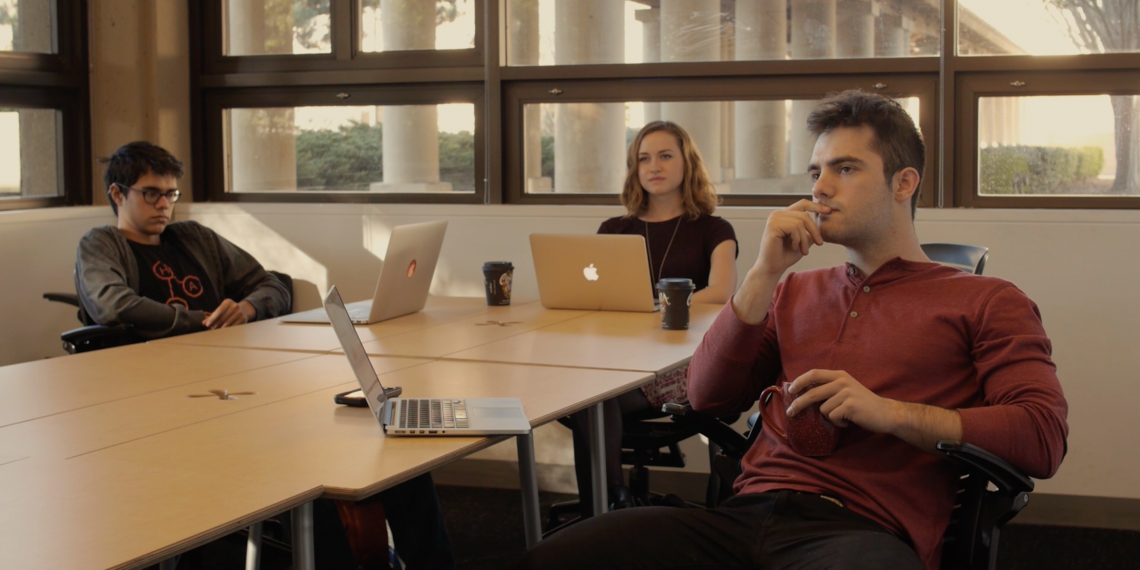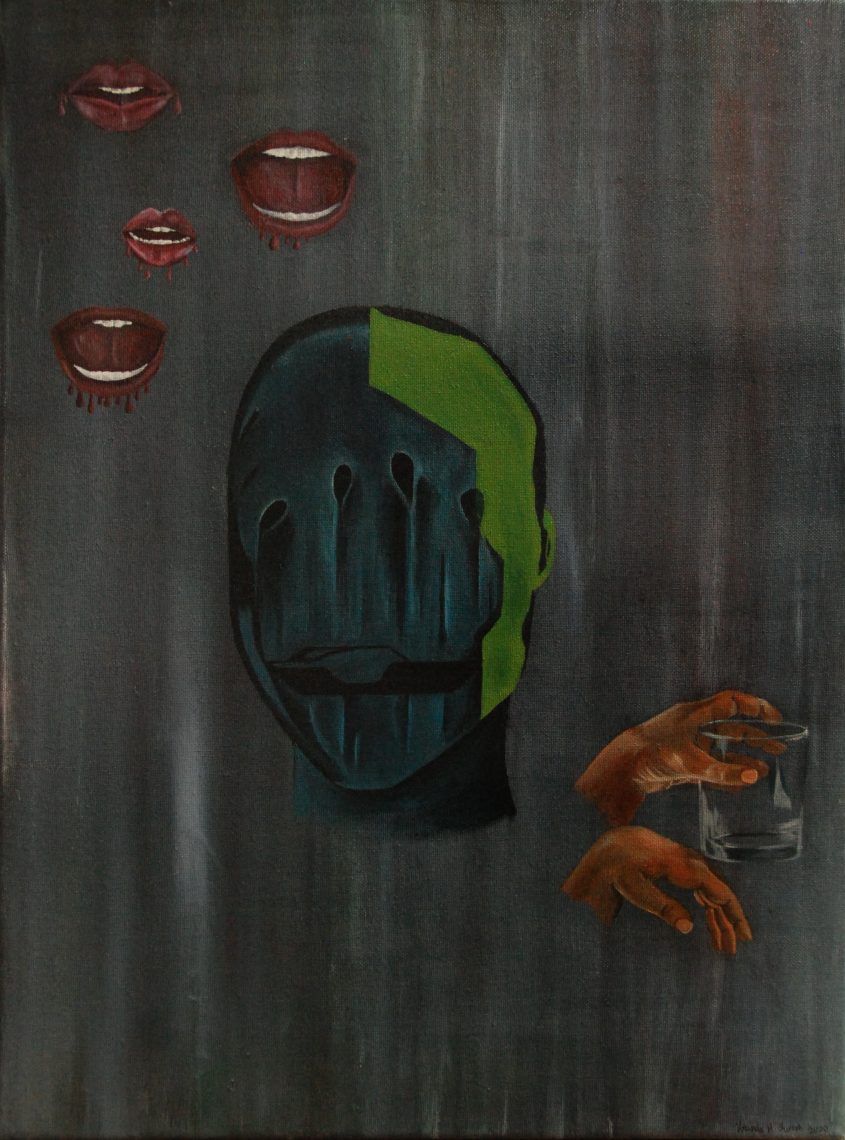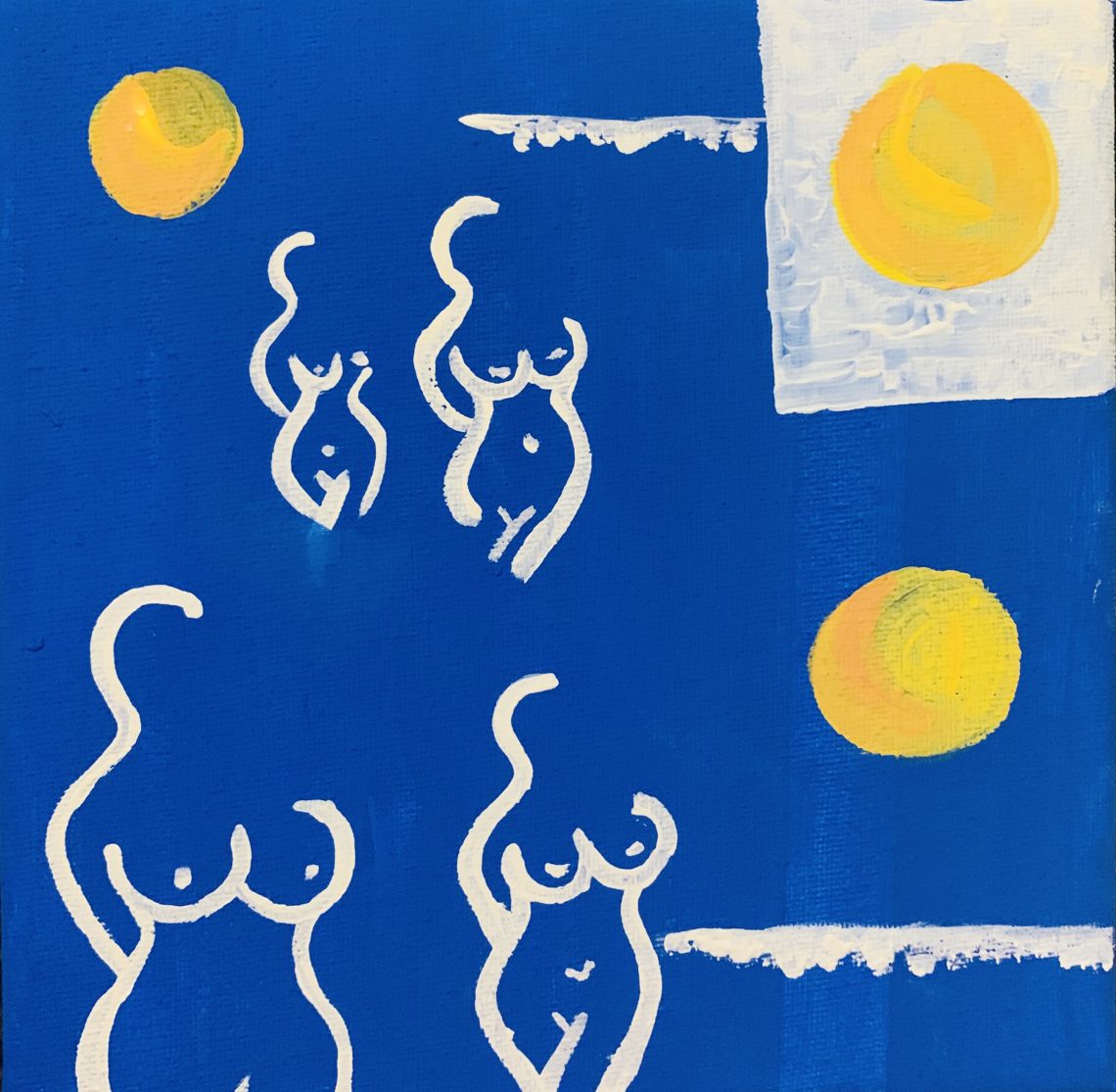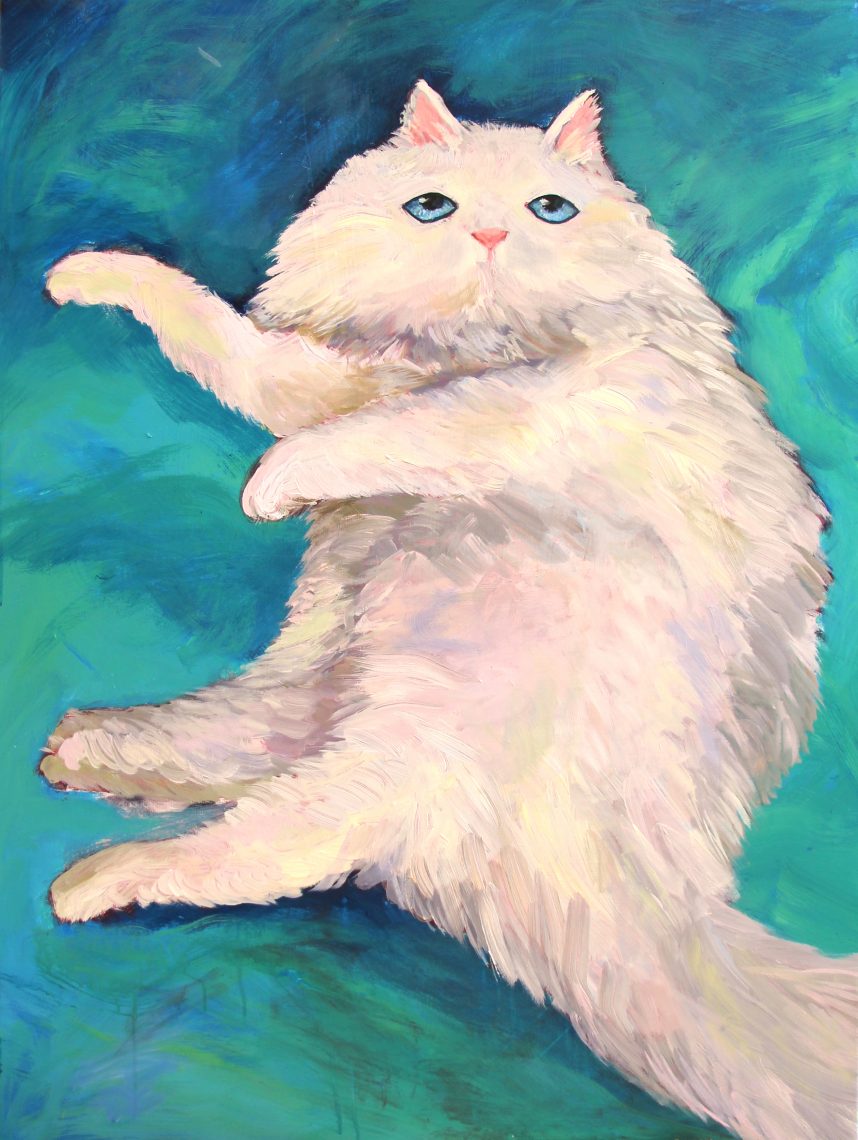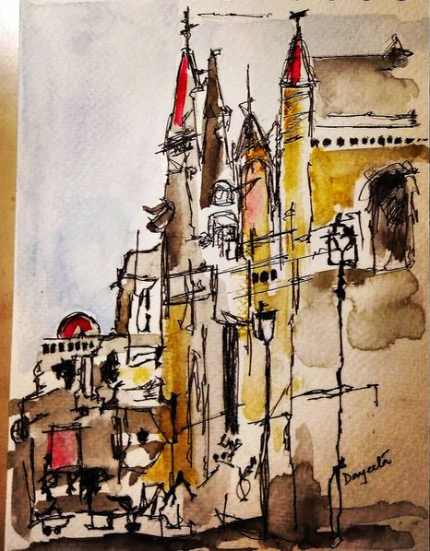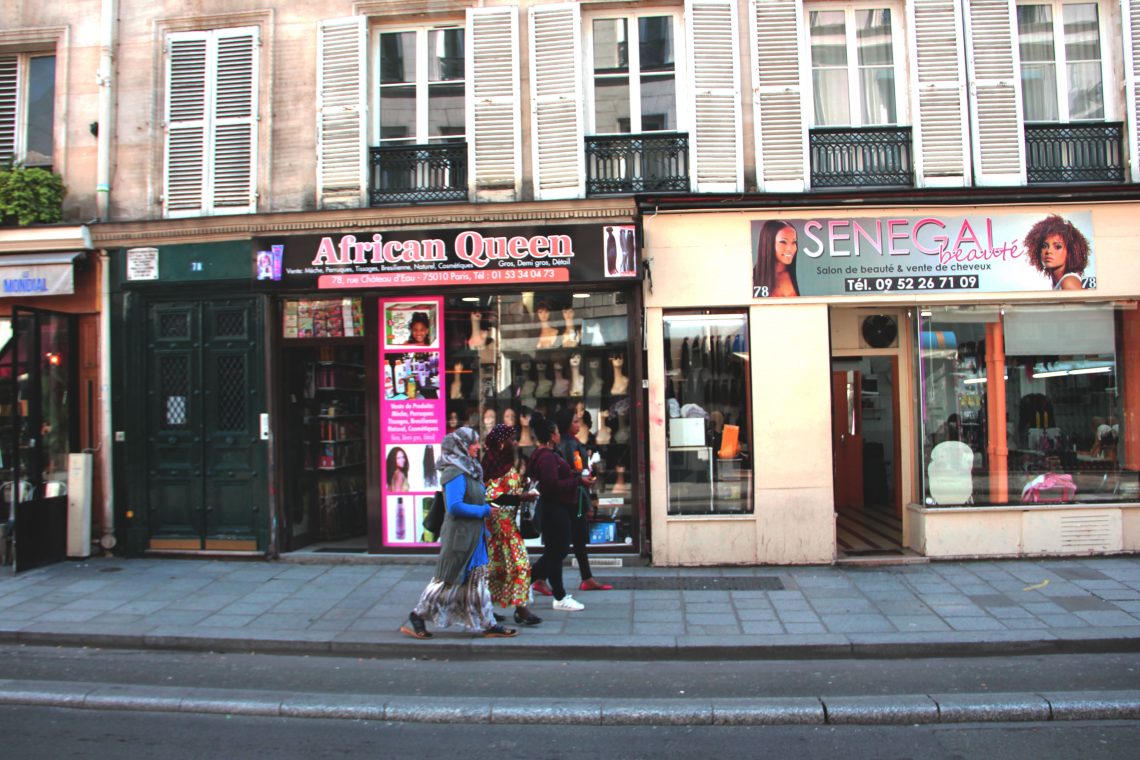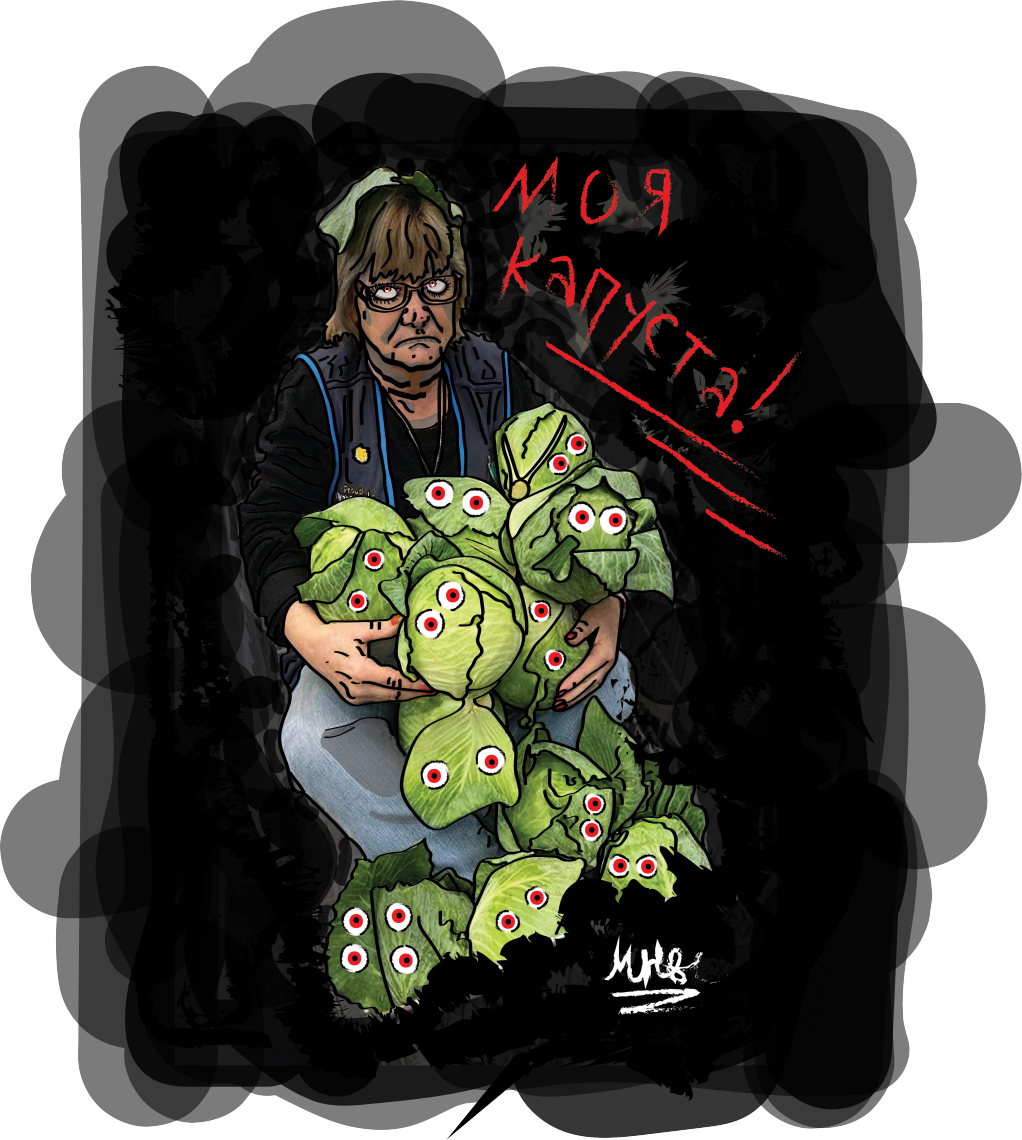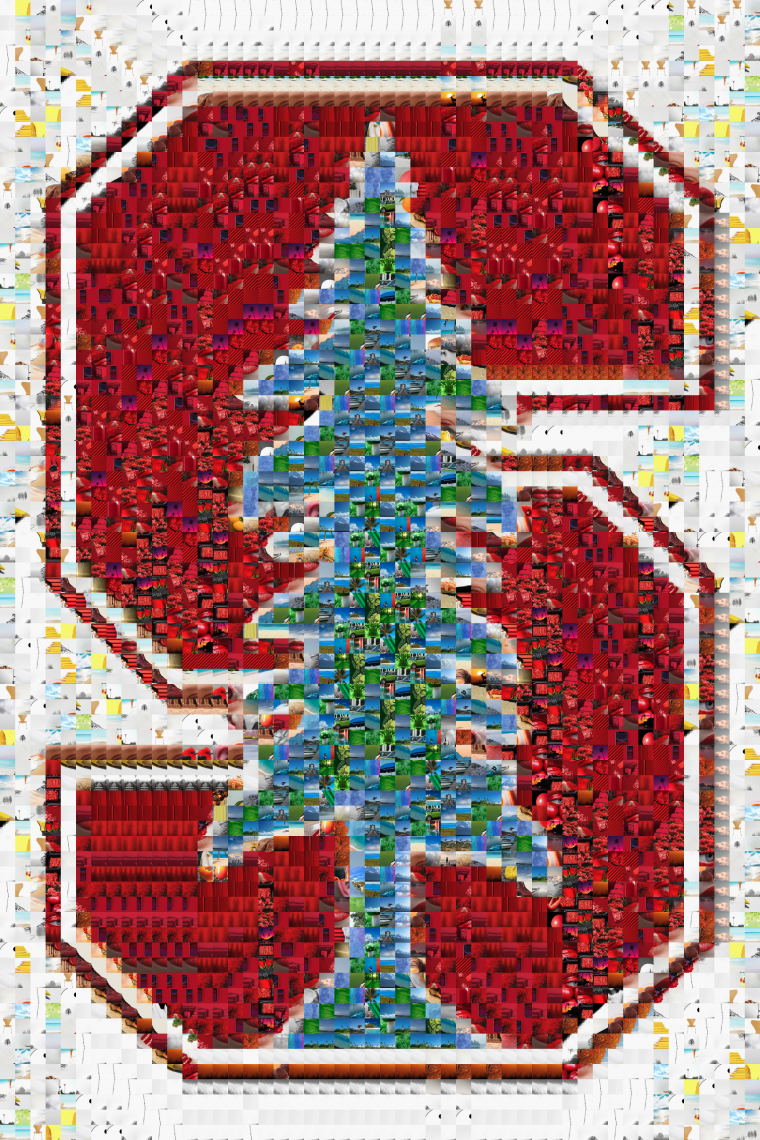Campus Stories - Music
Stanford Symphony Orchestra tours Catalina Island
In an annual tradition, 18 members of the Stanford Symphony Orchestra traveled down the California coast and then 26 miles across the sea to arrive at Catalina Island last month. This is the fourth year that the ensemble has made the trip to perform at the Catalina Island Museum’s Annual Holiday Symphony Concert at the…
Gaieties marks its 105th year
As Stanford celebrates the year that it turns 125, Ram’s Head Theatrical Society is celebrating a Stanford tradition almost as old: Big Game Gaieties is turning 105. Gaieties is an original, student-written, student-produced musical parody thatPoster for Gaieties is performed in Memorial Auditorium the week before Stanford’s Big Game against Cal. This year, Gaieties is…
Stanford Philharmonia conductor orchestrates a set of challenges
Each of the four works to be performed in Stanford Philharmonia’s first concert of the academic year presents a challenge of one sort or another, which is all part of Anna Wittstruck’s plan. Wittstruck, the acting assistant professor and interim music director and conductor of orchestral studies in the Department of Music, conducts Stanford Philharmonia,…
Islamic Voices: Music of the Arab Spring
Music directly fueled the outbreak of the Arab Spring protests, which began in late 2010 in the streets of Tunisia and then spilled over into Egypt and spread across the Middle East and North Africa. As these protests and demonstrations of dissatisfaction with local governments were met with violent repression, revolutionaries responded with unparalleled forms…
You never know where the Stanford Band will show up
Visitors to campus Saturday may have been a tad surprised to find members of the LELAND STANFORD JUNIOR UNIVERSITY MARCHING BAND playing various tunes from the White Plaza fountain and pool in front of the bookstore, as well as the fountain and pool in front of the Bing Wing of Green Library. That is, the…
Medieval songs reflect humor in amorous courtships, Stanford scholar finds
Medieval courtship brings to mind images of chivalrous knights worshipping fair damsels, expressing their love for their ladies in refined and poetic language. But courtship did not play out this way for all medieval knights. Neidhart von Reuental (1190-1237), a medieval German poet, composed songs about a fictional knight whose amorous pursuits were often obstructed…
Five things about Season Five at Stanford Live
CHRIS LORWAY was recently appointed executive director of Stanford Live and the Bing Concert Hall. Stanford Live will be celebrating its fifth anniversary. So there are five things he wants readers to know about the upcoming season: First, Stanford Live is celebrating five birthdays—those of American composers John Adams, Philip Glass and Steve Reich and…
Forum explores art, culture at the Stanford Center at Peking University
In early July, the Center for East Asian Studies explored contemporary arts development in China in a major event at the Stanford Center at Peking University. The China Arts Forum featured two visual artists, one performing artist, and one art market executive, all of whom were women. JINDONG CAI, associate professor in the Center for…
Student Arts Grants: A Year in Photos 2015-16
From calypso to classical opera, from adaptations of classic texts to original, student-written theater, this year’s Student Arts Grants supported creative diversity across Stanford campus. This year’s grantees included the recipients of the inaugural Creative Spaces grants which provide support specifically for the costs associated with performing in some of Stanford’s most popular venues (such as the Bing Studio…
Chris Lorway named executive director of Stanford Live and Bing Concert Hall
CHRIS LORWAY was named the new executive director of Stanford Live and Bing Concert Hall. According to an announcement on Monday by Stanford and the Stanford Live Advisory Council, Lorway will assume the position in late summer, as the fifth season of Stanford Live begins. Lorway was the founding artistic director of Toronto’s internationally recognized…
Stanford launches its first free online course in classical music appreciation
A new, free Stanford Online class that explores the early evolution of the string quartet and features classical music and commentary is now open for enrollment. Designed to be of interest both to musicians and those with no prior knowledge of the form, Defining the String Quartet: Haydn explores the origins of the string quartet…
Stanford music scholar explains Beethoven’s rise as a cultural icon in China
In Beijing in 1970, Jindong Cai crouched next to a phonograph. He and a friend had shuttered the house’s windows and were keeping their voices low. They could get into serious trouble for listening to the subversive album they were about to play. The rebellious music: Beethoven. The German’s music was banned in China during…
Stanford Symphony Orchestra’s crowning jewel concerts
May 21 and 22, the Stanford Symphony Orchestra presents a program of late romantic music by two Jewish composers: Gustav Mahler and Ernest Bloch. While both wrote music for spectacular orchestral forces with complex colors and textures, Mahler and Bloch chose divergent paths to express Jewish identity in art and life. Mahler, an assimilated artist…
Don Giovanni
Presented in collaboration with the Stanford Arts Institute and the Stanford Savoyards, Don Giovanni is a radical reimagining of Mozart’s 18th-century opera. Explore the space of the Mausoleum and the surrounding trails and woods as dusk turns to night and the characters of Don Giovanni weave in and out of the shadows, performing and engaging…
Ram’s Head presents the musical Rent
When today’s Stanford students were coming into the world, speaking their first words and taking their first steps, Rent was being born on Broadway. Rent, Jonathan Larson’s 1996 rock musical about struggling artists in New York City, a contemporary haven for alternative lifestyles, captured the zeitgeist of the end of the 20th century in America….
Behind the scene: Students Elizabeth Karr and Chris Sackes talk about the making of Rent
What is your history with Rent or La bohème, the opera that inspired it? Karr: While I have never worked on a production of Rent prior to this one, my history with Rentis rather a long one. I first heard the song “Seasons of Love” when I was in the fifth grade, when a friend…
